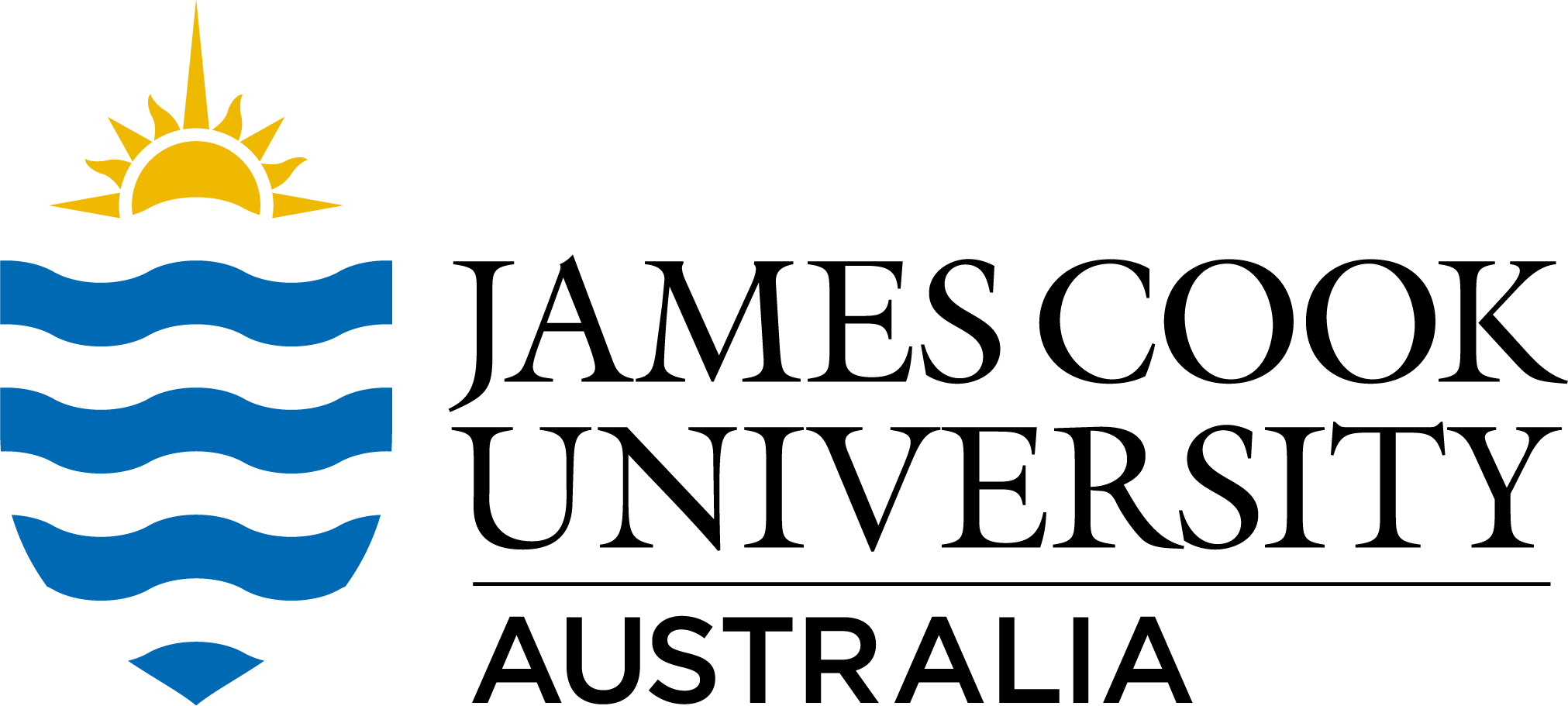Full description
Spatially-explicit models of dugong density and distribution were developed using data from marine megafauna aerial surveys conducted in NE Australia. The method followed Grech and Marsh (2007) and Grech et al. (2011) with improvements as per Sobtzick et al. (2017). Input data: Dugong counts corrected for perception and depth-specific availability probabilities as per the Hagihara method, except in Torres Strait. Model: The data were modelled using the geostatistical interpolation method Empirical Bayesian Kriging (EBK) in ArcGIS 10.7. The semivariogram type was linear and the smoothed search neighbourhood was set to a radius of 5000m. Relative densities were calculated at a grid size of 1 km2. Dugong densities per grid cell were classified as Low (0 dugongs per km2); Medium (0-0.5 dugongs per km2); High (0.5-1 dugongs per km2), and Very high (>1 dugongs per km2). Grid cells with 0 dugongs per km2 were included: (1) to ensure that the spatial layers of dugong density extended across the entire survey area; (2) because dugongs are likely to move across grids where they were not detected during the surveys, and (3) because we have not attempted to estimate abundance for areas where dugongs were not sighted. The value of grid cells in the data are: 1 = Low; 2 = Medium; 3 = High; 4 = Very high.Created: 2021-12-02
Data time period: 26 11 2021 to 26 11 2021
text: Great Barrier Reef World Heritage Area, Gulf of Carpentaria, Torres Strait, Hervey Bay, Moreton Bay
Subjects
ARC Centre of Excellence for Coral Reef Studies |
Dugong |
Great Barrier Reef World Heritage Area |
Gulf of Carpentaria |
Hervey Bay |
Moreton Bay |
Torres Strait |
aerial surveys |
User Contributed Tags
Login to tag this record with meaningful keywords to make it easier to discover
Identifiers
- DOI : 10.25903/PMZ0-P693

- Local : researchdata.jcu.edu.au//published/588427e04e5711ec8178bfe67171bb3e


